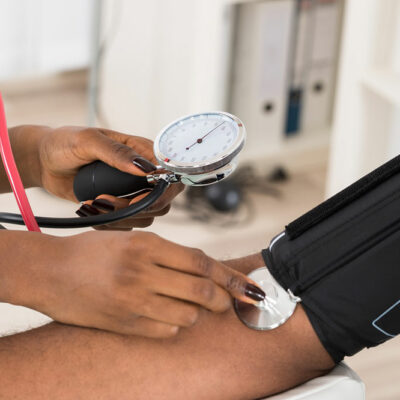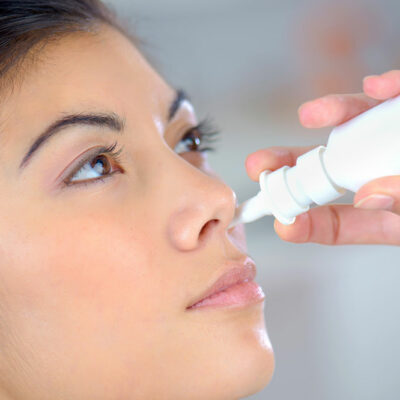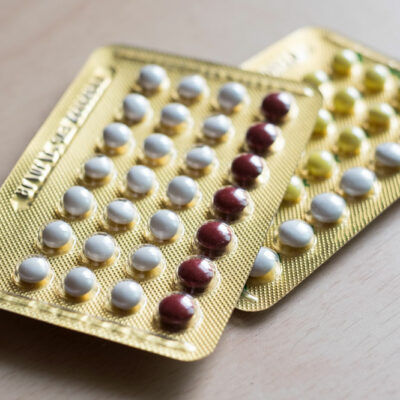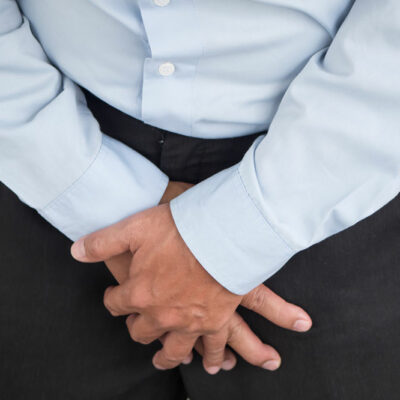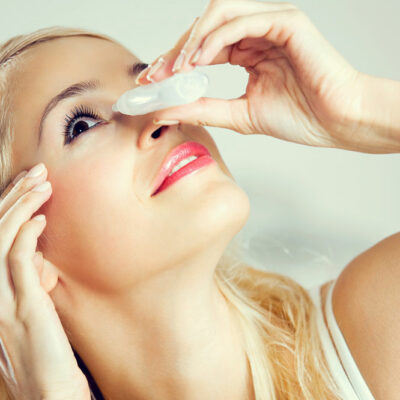
Health
Natural and OTC Remedies for Dry Eyes
Dry eye is an aggravating condition that causes a lot of discomfort. In most cases, the condition is chronic and progresses with time. It can be caused due to several reasons. Thus, various treatment options are used for easing the symptoms. Here, we will discuss the most effective options for dry eye remedies that can help you improve the condition. Over-the-counter (OTC) medicines This is one of the best ways to find instant relief from dry eyes. The most commonly used OTC drops, known as artificial tears help to moisten the eyes. You can use it several times in a day for treating mild dry symptoms. Apart from these, some ointments are also available. However, they blur the vision temporarily and must only be used during bedtime. Prescription medications If you have chronic dry eyes, then your doctor may prescribe you some simple medicines. Most of these medicines focus on reducing the inflammation of the eyelid. They also help to stimulate oil production in the glands near the eyes. Without adequate oil, the tears evaporate very quickly, resulting in dry eyes. Eye inserts Eye inserts are small, clear tubes that appear like rice grains. These inserts can be placed between the lower eyelid and the eyeball.
Read More 